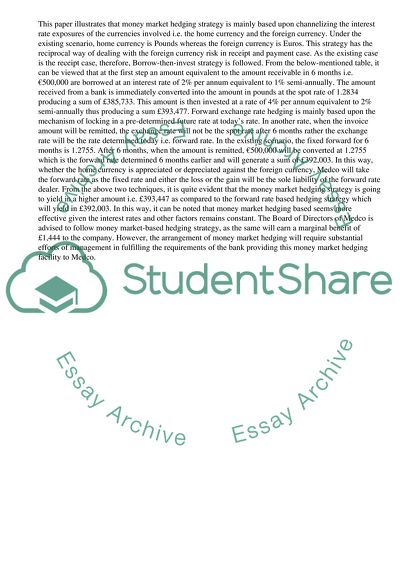Cite this document
(“Foreign Currency Exposures of Medco Essay Example | Topics and Well Written Essays - 2000 words - 1”, n.d.)
Foreign Currency Exposures of Medco Essay Example | Topics and Well Written Essays - 2000 words - 1. Retrieved from https://studentshare.org/management/1639834-international-financial-management
Foreign Currency Exposures of Medco Essay Example | Topics and Well Written Essays - 2000 words - 1. Retrieved from https://studentshare.org/management/1639834-international-financial-management
(Foreign Currency Exposures of Medco Essay Example | Topics and Well Written Essays - 2000 Words - 1)
Foreign Currency Exposures of Medco Essay Example | Topics and Well Written Essays - 2000 Words - 1. https://studentshare.org/management/1639834-international-financial-management.
Foreign Currency Exposures of Medco Essay Example | Topics and Well Written Essays - 2000 Words - 1. https://studentshare.org/management/1639834-international-financial-management.
“Foreign Currency Exposures of Medco Essay Example | Topics and Well Written Essays - 2000 Words - 1”, n.d. https://studentshare.org/management/1639834-international-financial-management.


